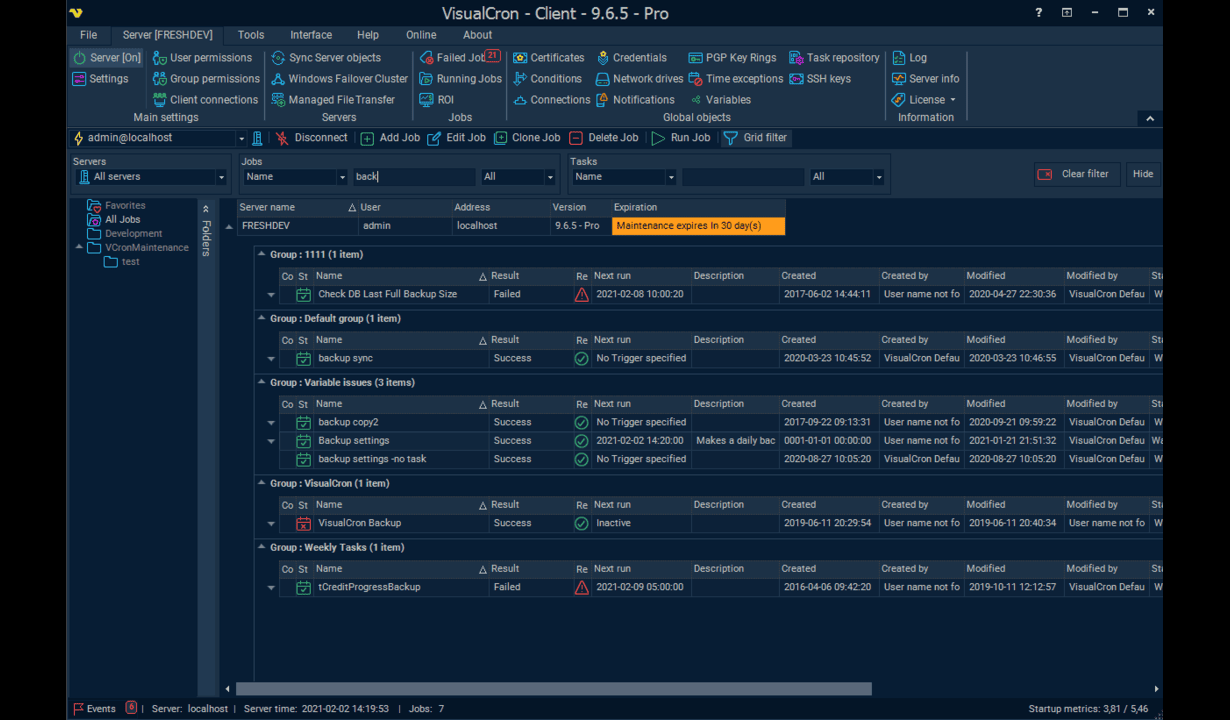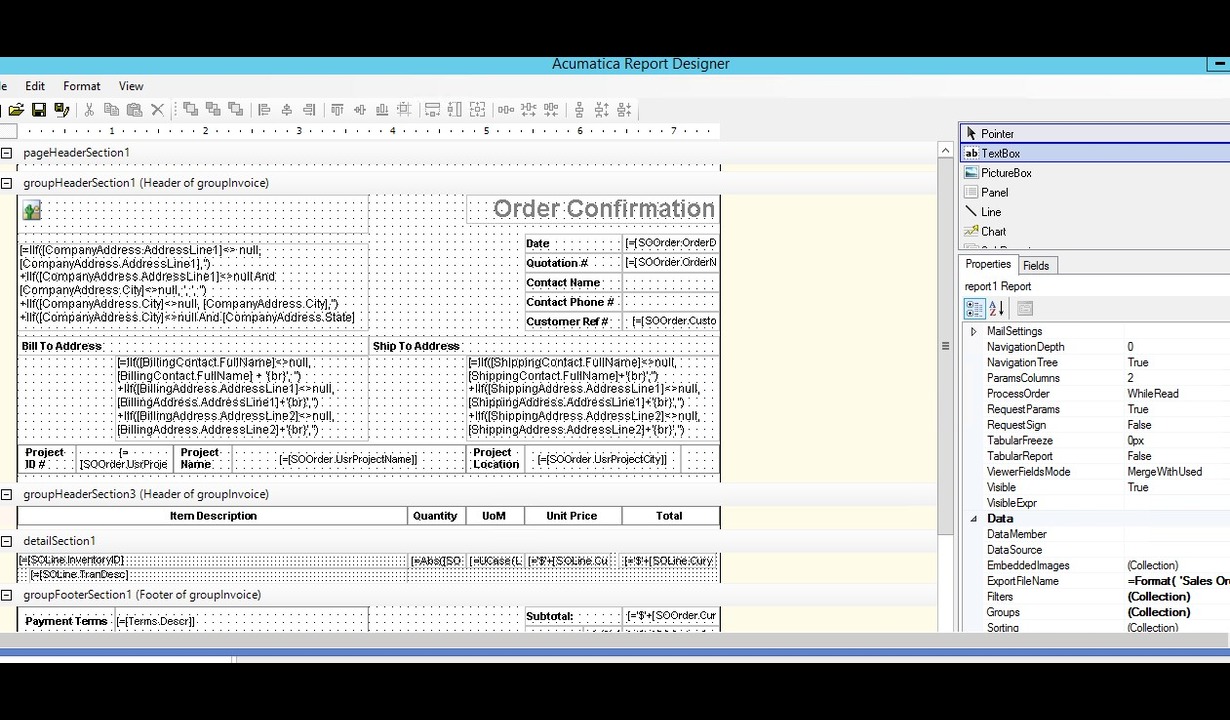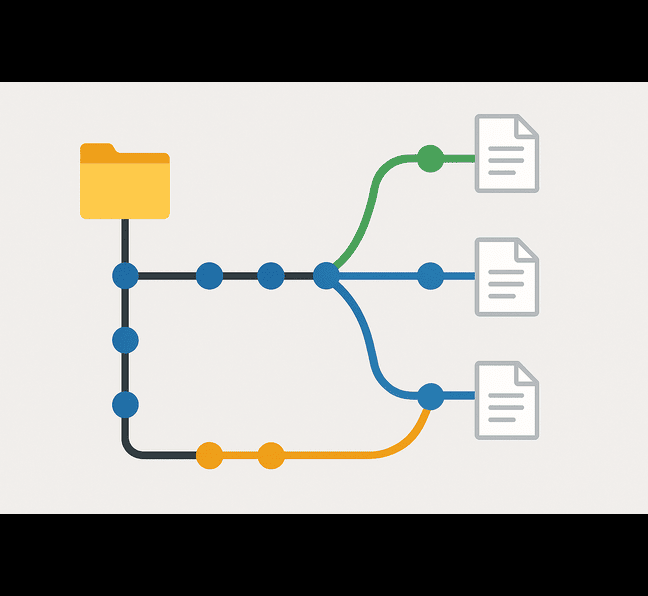
The Hidden Cost of Rushing Your Developer
In the fast-paced world of software development, deadlines are real—and so is pressure. But when speed takes priority over quality, the result isn’t just stress for your developers. It’s technical debt, fragile systems, and long-term costs that far outweigh the time you thought you saved.
Rushing a developer doesn't accelerate delivery—it undermines it. When programmers are forced to cut corners, best practices go out the window. Proper documentation is skipped. Tests are minimal, if they exist at all. Design decisions are made for speed, not scalability. These shortcuts pile up, and you end up with code that "works"—but only just.
This is what the industry calls technical debt: code that’s quick to write now, but expensive to fix later. Like financial debt, it accrues interest. Every time a developer revisits the rushed code, they spend more time understanding it, fixing it, or refactoring it to accommodate new features. Eventually, productivity slows to a crawl.
Beyond maintainability, there are hidden risks: security vulnerabilities from skipped validations, performance bottlenecks from poorly optimized logic, and bugs that only surface when it’s too late—like in front of a paying customer.
So what's the solution? Respect the time it takes to do it right. Give developers space to plan, review, and test. Agile doesn’t mean "rush"—it means iterate thoughtfully. Deadlines are important, but sustainability is critical.
In the long run, quality code saves time. It’s easier to test, easier to extend, and far more resilient when the business evolves. So if you're a stakeholder, manager, or client, remember: your developer isn’t just writing code—they’re building the foundation for your entire system. Rushing that job is like rushing the foundation of a skyscraper.




































